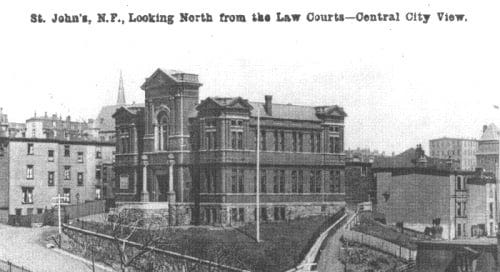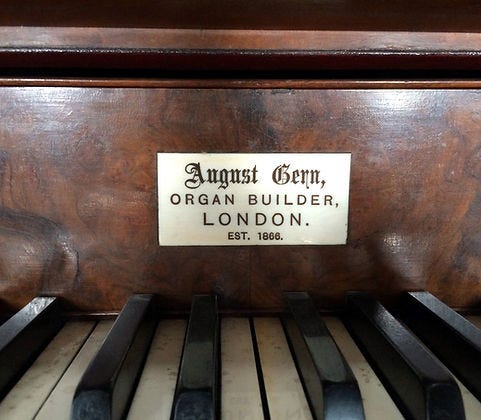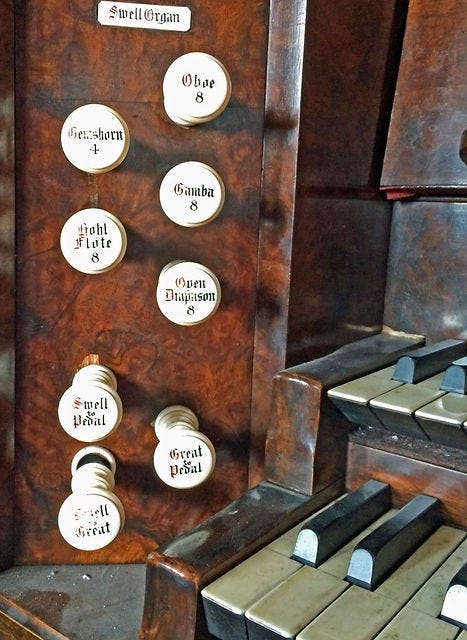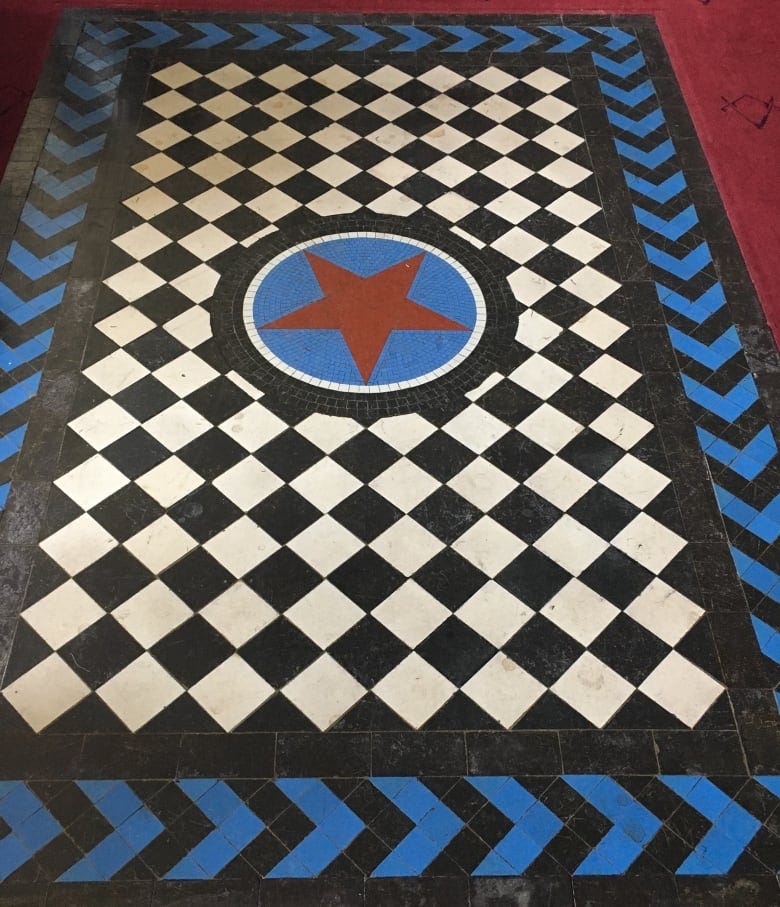Freemasonry in Newfoundland is steeped in both mystery and controversy. While the fraternity's charitable efforts are widely acknowledged, its secretive nature has long fueled rumors of a hidden influence over the island's political and social life. Let’s dive deeper into the cryptic stories surrounding the Masons in Newfoundland, where the lines between fact and fiction are blurred.
Freemasonry has a long and prominent history in Newfoundland, with its roots stretching back to the 18th century. One of the earliest lodges was founded in 1746, and over the centuries, several other lodges followed, many chartered under English and Scottish jurisdictions.
Among the most well-known figures in Newfoundland’s Masonic history is Sir William Whiteway, a key political figure who served as the colony's longest-serving Prime Minister. Whiteway was instrumental in laying the cornerstone of the impressive St. John’s Masonic Temple in 1894, a building that remains a significant architectural and cultural landmark today. Other influential Masons from Newfoundland include political and business leaders who played crucial roles in the economic and political development of the province (HeritageNL)(Universal Co-Masonry).
The St. John’s Masonic Temple, which is an iconic structure built between 1894-1896, reflects the influence of Freemasonry on Newfoundland society. It served not only as a meeting place for Masons but also as a symbol of their presence in the region, boasting rich Classical Revival architecture and elaborate Masonic symbols (HeritageNL).
The Masonic Temple was built as a meeting place for the Freemasons, an international fraternal organization. The first Freemason’s Hall was constructed at Long’s Hill in 1885.
When the Great Fire of 1892 destroyed the hall, plans were quickly drawn to construct a new and larger building.
Sir William Whiteway, a Freemason and the longest-serving premier of colonial Newfoundland, laid the cornerstone of the new Masonic Temple on August 23, 1894.
By late 1896, the building was close enough to completion that the first Lodge meeting could be held there. The building was officially opened on April 23, 1897.
The August Gern Musical Organ was built in 1883 by August Gern Organ Builders in London. The August Gern organ is one of only two ever built of its kind with its counterpart being located in a cloistered convent in Notting Hill, London.
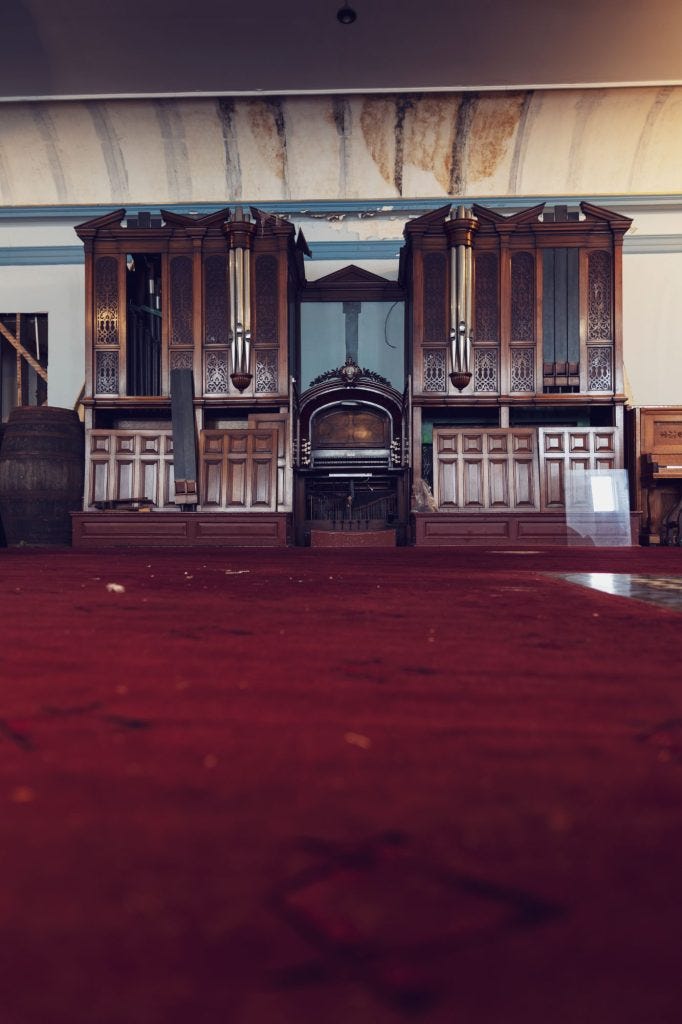
The organ referenced above was dedicated to the memory of George Graham Crosbie and officially presented to the Masonic Temple by his son Sir John Crosbie on April 19, 1916. Following this, there was an organ recital and concert in celebration of the organ’s completion. The organ stood in what was then known as the Freemasons’ meeting hall at the Masonic Temple.
The Masonic Temple was designated a Registered Heritage Structure by the Heritage Foundation of Newfoundland and Labrador in 1995 because of its aesthetic, historic and cultural value.
Keep reading with a 7-day free trial
Subscribe to The Newfoundland History Sleuth to keep reading this post and get 7 days of free access to the full post archives.

